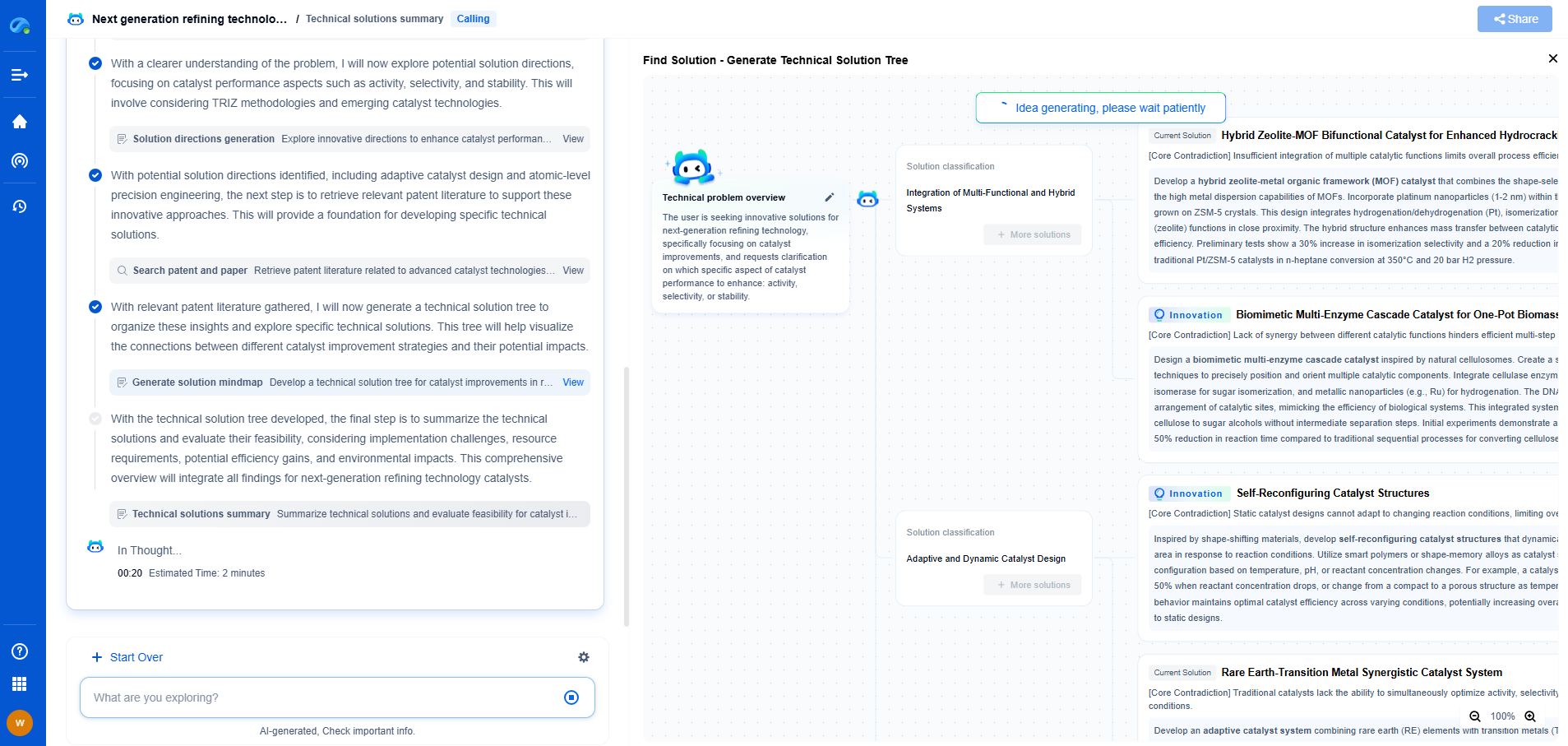Healthcare Networks: HIPAA-Compliant Design for Patient Data
JUN 27, 2025 |
The Health Insurance Portability and Accountability Act (HIPAA), enacted in 1996, sets the standard for protecting sensitive patient data in the United States. Its primary aim is to ensure that medical information is confidential and secure, while also giving patients rights to their health information. For any healthcare network looking to design systems for managing patient data, understanding HIPAA regulations is crucial. Compliance involves safeguarding against data breaches, unauthorized access, and ensuring that patient information is only accessible to authorized personnel.
Key Components of HIPAA-Compliant Design
Designing a healthcare network that is HIPAA-compliant requires integrating several key components:
1. **Access Control**: Implementing strict access controls is vital. Only authorized personnel should have access to patient data, and permissions must be regularly reviewed and updated. Role-based access controls can help ensure that employees only have access to the information necessary for their job function.
2. **Encryption**: Encrypting patient data both at rest and during transmission is a fundamental aspect of HIPAA compliance. This ensures that even if data is intercepted, it remains unreadable without the appropriate decryption key.
3. **Audit Trails**: Maintaining detailed audit trails is crucial for monitoring access and modifications to patient data. This helps in quickly identifying and responding to unauthorized access or data breaches.
4. **Secure Communication Channels**: Secure communication protocols like HTTPS and VPNs should be used to transmit patient information. This minimizes the risk of interception and ensures data integrity during transmission.
5. **Risk Assessment and Management**: Regular risk assessments can help identify vulnerabilities within the network. Implementing a risk management plan to address identified issues is an ongoing process that ensures the network remains compliant.
The Role of Technology in Compliance
Technology plays a critical role in designing HIPAA-compliant healthcare networks. Utilizing the right tools and software can streamline compliance efforts:
- **Electronic Health Records (EHRs)**: Modern EHR systems are designed with built-in features to support HIPAA compliance, including encryption, access controls, and audit trails.
- **Cloud Computing**: While cloud solutions offer scalability and flexibility, they must be chosen carefully to ensure that the cloud provider adheres to HIPAA standards. Encrypting data before uploading it to the cloud and ensuring that cloud services offer secure environments is essential.
- **Artificial Intelligence (AI)**: AI can enhance security through predictive analysis, helping identify potential threats before they occur. Implementing AI-driven solutions can bolster defenses against cyberattacks and ensure data privacy.
Training and Awareness
Compliance with HIPAA is not only a technological challenge but also a human one. Employee training and awareness are fundamental to maintaining a HIPAA-compliant network:
- **Regular Training Sessions**: Conducting regular training sessions for employees ensures they are aware of HIPAA regulations and understand the importance of safeguarding patient data.
- **Phishing and Cybersecurity Awareness**: Educating staff on the dangers of phishing and other cybersecurity threats is crucial. Employees should know how to identify suspicious communications and understand the protocols to follow in the event of a threat.
Continuous Monitoring and Updating
HIPAA-compliant design is not a one-time effort but requires continuous monitoring and updating. Healthcare networks should constantly evaluate their systems and make necessary adjustments to adapt to evolving threats and regulatory changes. Staying abreast of the latest developments in cybersecurity and healthcare regulations ensures ongoing compliance and protection of patient data.
Conclusion
Designing a healthcare network that is HIPAA-compliant is a complex but essential task. By understanding HIPAA regulations, integrating key components into network design, leveraging technology, promoting training and awareness, and committing to continuous monitoring, healthcare organizations can ensure they protect patient data effectively. Compliance not only safeguards sensitive information but also builds trust with patients, fostering a secure and reliable healthcare environment.
Unlock Next-Gen Innovation in Communication Technology with Patsnap Eureka
The field of communication technology is evolving at breakneck speed—from 5G and satellite systems to next-gen wireless protocols and quantum communications. Staying ahead demands more than just information—it requires strategic insights, real-time patent intelligence, and a deep understanding of technological trajectories.
Patsnap Eureka, our intelligent AI assistant built for R&D professionals in high-tech sectors, empowers you with real-time expert-level analysis, technology roadmap exploration, and strategic mapping of core patents—all within a seamless, user-friendly interface. Whether you're optimizing signal processing designs, navigating 3GPP standards, or exploring IP strategies for IoT and 6G networks, Eureka helps you move faster, think deeper, and innovate smarter.
Try Patsnap Eureka today—and see how it can transform the way you work across the entire communication technology innovation lifecycle.
- R&D
- Intellectual Property
- Life Sciences
- Materials
- Tech Scout
- Unparalleled Data Quality
- Higher Quality Content
- 60% Fewer Hallucinations
Browse by: Latest US Patents, China's latest patents, Technical Efficacy Thesaurus, Application Domain, Technology Topic, Popular Technical Reports.
© 2025 PatSnap. All rights reserved.Legal|Privacy policy|Modern Slavery Act Transparency Statement|Sitemap|About US| Contact US: help@patsnap.com

